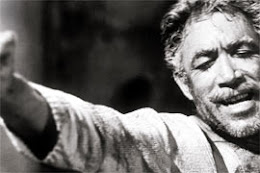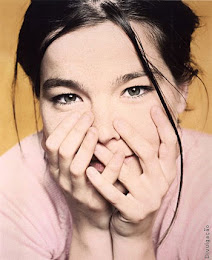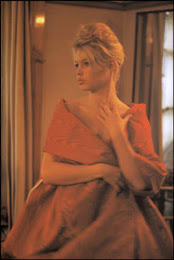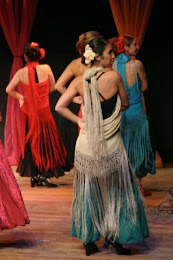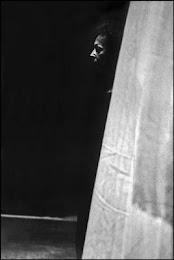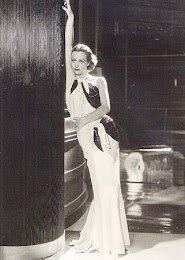Matin d´avril
Louise Abbéma (Etampes, França, 1853 - Paris, França, 1927) foi uma pintora francesa descendendo de Louise Contat, célebre atriz francesa, e do Conde Luís de Narbonne, ministro da guerra em 1791.
Louise Abbéma estreou no Salon de 1874 e não tardou a chamar a atenção pela franqueza e maleabilidade do seu talento. Produziu retratos, entre os quais se deve notar o de Paulo Mantz,
Sarah Bernhardt, sua grande amiga e, dizem, sua amante. Entre suas obras estão pinturas decorativas, flores, aquarelas, medalhões e águas fortes.
Portrait de Sarah Bernhardt (1876)
Louise Abbéma (30 octobre 1853 à Étampes - 1927 à Paris) est une peintre française de la Belle Époque.
Elle fut élève de Charles Chaplin, de Jean-Jacques Henner et de Carolus-Duran. Elle eut un grand succès grâce à un portrait de Sarah Bernhardt, réalisé alors qu’elle avait 22 ans.
Elle exposa régulièrement au Salon des artistes français jusqu’en 1926, où elle reçut une mention honorable en 1881. Elle reçut la Légion d'honneur en 1906.
Elle travailla aussi pour plusieurs magazines d’art et illustra La Mer de René Maizeroy.
Elle reste surtout connue pour ses portraits de femmes de la haute société. Son style est conventionnel et ne reflète rien des courants créateurs de son époque, fondateurs de l'art moderne.
At the Piano - Private Collection
Abbéma was born in Étampes, Essonne. She began painting in her early teens, and studied under such notables of the period as Charles Joshua Chaplin, Jean-Jacques Henner and Carolus-Duran. She first received recognition for her work at age 23 when she painted a portrait of Sarah Bernhardt, her life-long friend and, many believe, her lover.
She went on to paint portraits of other contemporary notables, and also painted panels and murals which adorned the Paris Town Hall, the Paris Opera House, numerous theatres including the "Theatre Sarah Bernhardt", and the "Palace of the Colonial Governor" at Dakar, Senegal.
She was a regular exhibitor at the Paris Salon, where she received an honorable mention for her panels in 1881. Abbéma was also among the female artists whose works were exhibited in the Women's Building at the 1893 World Columbian Exposition in Chicago. A bust Sarah Bernhardt sculpted of Abbéma was also exhibited at the exposition.
Abbéma specialized in oil portraits and watercolors, and many of her works showed the influence from Chinese and Japanese painters, as well as contemporary masters such as Édouard Manet. She frequently depicted flowers in her works. Among her best known works are The Seasons, April Morning, Place de la Concorde, Among the Flowers, Winter, and portraits of actress Jeanne Samary, Emperor Dom Pedro II of Brazil, Ferdinand de Lesseps, and Charles Garnier.
Abbéma was also an accomplished printmaker, sculptor, and designer, as well as a writer who made regular contributions to the journals Gazette des Beaux-Arts and L'Art.
Among the many honors conferred upon Abbéma was nomination as "Official Painter of the Third Republic." She was also awarded a bronze medal at the 1900 Exposition Universelle and in 1906 made a Chevalier of the Order of the Légion d'honneur.
Abbéma died in Paris in 1927. At the end of the 20th century, as contributions by women to the arts in past centuries received more critical and historical attention, her works have been enjoying a renewed popularity.
Louise Abbéma - Self-portrait




